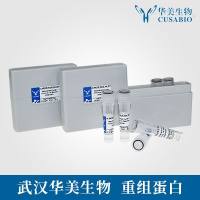The role of integrins in leukocyte migration across endothelial barriers is widely accepted. In contrast, the contribution of integrins to interstitial motility of leukocytes is still elusive. Chemokine binding to G-protein-coupled receptors expressed on the surface of leukocytes plays key roles in both of these processes by directly activating integrin conformations favorable for ligand binding and integrin microclustering. Chemokines can also serve as weak adhesive ligands and potent inducers of actin cytoskeleton remodeling. Real-time assays utilizing live imaging microscopy have been implemented to dissect these versatile roles of chemokines in different leukocyte migration processes. Here, we review several in vitro assays useful for exploring the contribution of chemokine signals and shear forces to integrin activation and function during various stages of leukocyte transendothelial migration. In addition, we describe a new assay that assesses the contribution of chemokines to integrin-independent interstitial leukocyte motility. These assays can also follow the outcome of specific genetic or biochemical manipulations of either the leukocyte or the endothelial barrier on distinct migratory steps. Following fixation, subcellular changes in the distribution of integrin subsets and of specific integrin-associated adaptors can be further dissected by immunofluorescence tools and by ultrastructural electron microscopic analysis.






